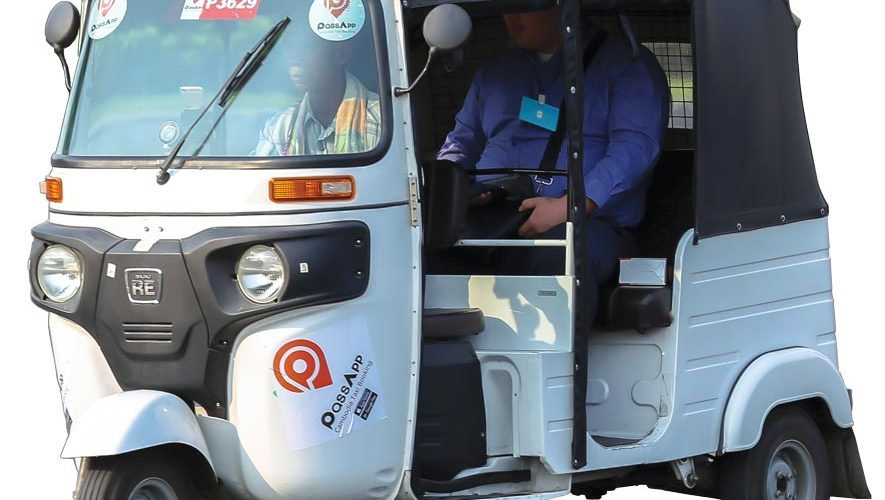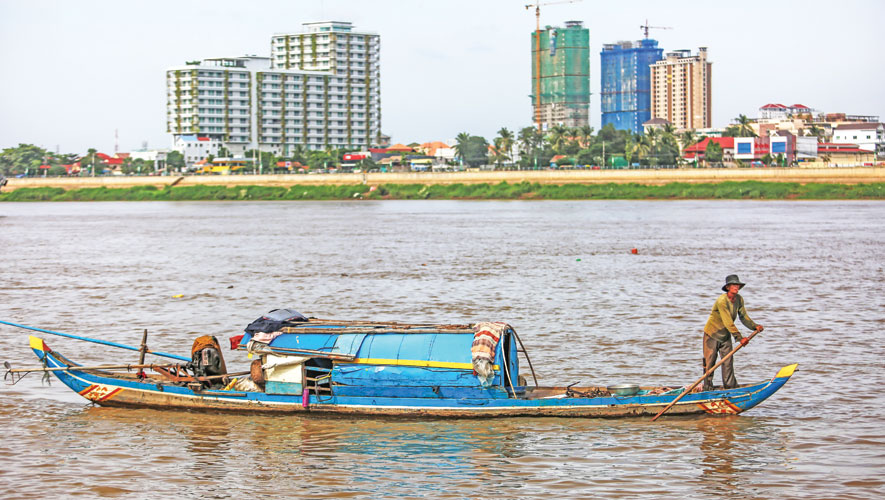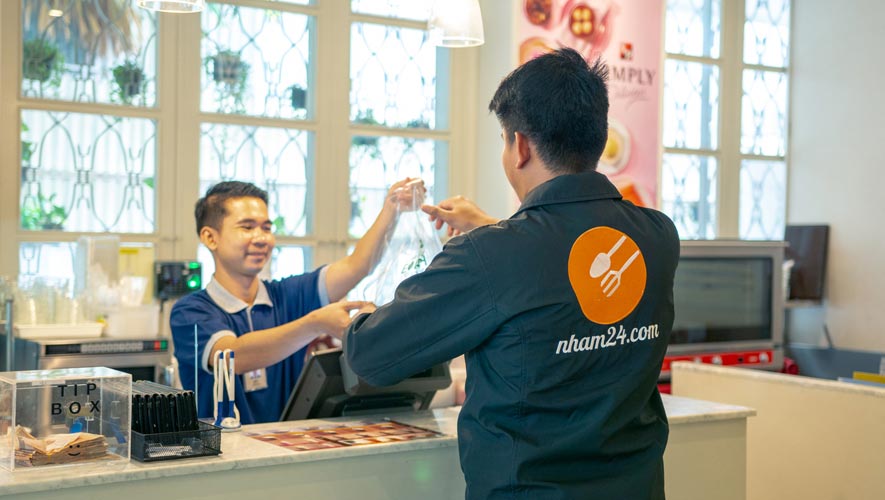The dominant ride-hailing companies set their sights on food delivery and other services, moves that could upend the industry
For the latest Cambodian Business news, visit Khmer Times Business
Singapore-based ride hailing app operator Grab Holdings Inc has a track record for its “take-no-prisoners” approach to the markets it enters in Southeast Asia. The company is now poised to enter into the food delivery and courier sectors in Cambodia, a strategy that puts Grab in a powerful position to monopolise the market.
How the industry will shake out is anyone’s guess, but with $7.5 billion in its war chest and the backing of major titans like Microsoft Corp and SoftBank Group Corp, many are predicting Grab will be able to seize a larger piece of a pie that is no longer just limited to tuk tuk services (three wheel-taxi).
Although app-based transportation and delivery is only two years old in Cambodia, Grab, which operates in eight countries in Southeast Asia and has deeper pockets than its rivals, has already positioned itself to be the dominant ride-hailing service provider in the country, with all estimates pointing to Grab taking the lead from home-grown pioneer PassApp, which remains popular.
Grab’s move into food delivery, analysts say, will not only create further problems for PassApp, which is seeing its share of the market under threat and has been dealing with striking drivers, but it will create competition for established yet smaller meal and grocery delivery companies like Muuve, Meal Temple, and Nham24.
Change of strategy
For awhile, Grab was coy about its intentions to start GrabFood in Cambodia, saying that it wanted to focus on its core transportation business. But now it is ready to roll out the latest app, most likely by the end of the year, reports say.
While some see the move as a threat to existing companies in the market, others believe there is still plenty of room for all players big and small.
PassApp, which has the roughly the same number of drivers as Grab at 10,000 is also reportedly launching a food delivery service and e-payment services although the company did not return requests for comment.
Being late to the game is not a deterrent for Grab. GrabFood was a late-comer to the market in Vietnam and quickly became the most-used food delivery service in that country largely based on its substantial fleet of drivers and its ability to deliver food faster than the competition, according to a survey by Kantar TNS. The average delivery time for Grab in Vietnam is 20 minutes.
“As in all markets where Grab operates, we are always looking at ways to adapt and improve our services,” says Ronald Wong, country head for Grab in Cambodia. “Our safety features – for drivers and passengers alike – are also the best on offer in Cambodia. We use data and market insights to introduce new services and we are currently considering many different options including GrabFood and GrabExpress.” GrabExpress is the company’s courier service. Grab also recently introduced a set of apps intended to benefit drivers (see related story).
GrabFood was first launched in Malaysia in May 2018 as part of its strategy to become a “super app”, a one-stop shop for consumers.
The company expects the food delivery market to grow over six times to a $13 billion market by 2022. Present in 200 cities in six Southeast Asia countries, GrabFood’s revenue grew 45 times between March 2018 and December 2018.
Wong says the strategy enables its drivers to raise their income by becoming GrabFood delivery-partners.
“We are confident that with our advanced technology, regional learning and customer-focused approach, we can thrive and emerge as a dominant player in a competitive market like Cambodia. We see a real potential in offering various services on one platform,” he adds.
Deliveries on the rise
Reports show that in Vietnam, the estimated value of food delivery services was $33 million in 2018 with an average growth rate of 11 percent per year.
Kem Bora, a partner at investment firm Mekong Strategic Partners, acknowledges Grab’s successful track record, but is not convinced it will monopolise food delivery in Cambodia. He says the market is not saturated. In Phnom Penh, several thousand restaurant deliveries occur daily.
Bora says the food space is quite different from the ride space. “If Grab moves in there will be space.” He points out that although Grab has an estimated 10,000 drivers, food delivery is about service. Grab has an advantage, Kem says. “What is unclear is, can those guys do food delivery? How do you transition from a fleet-rich model to service?”
Mekong Strategic is an investor in Nham24, a smaller food delivery company that is expanding in the other direction, a taxi service called Joonak.
“The market favours diversity. It can expand 10 to 20-fold,” he says. That means, there is no need for a price war, something that strongly favours Grab. “If everyone is rational we see room to grow.”




